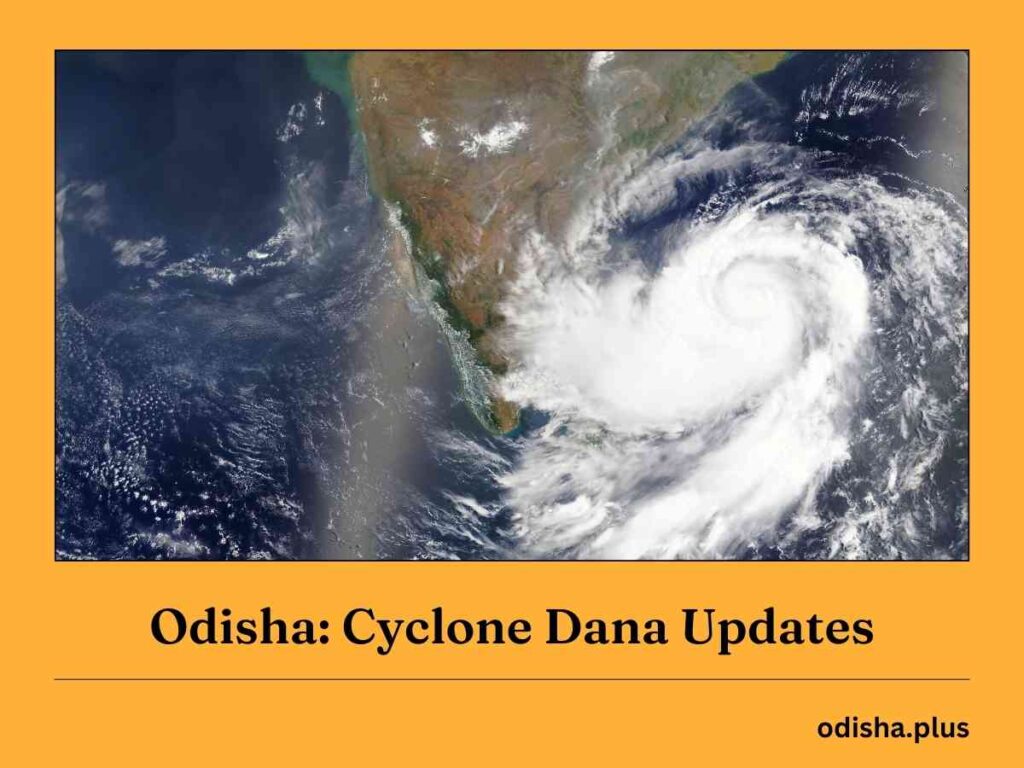The book emphasizes financial investment in measures to reduce disaster risk & adapt to climate change is essential for the East Coast of India
OdishaPlus Bureau

Climate change will increase the incidence of cyclones in Odisha. These changes create more favorable conditions for cyclones to form and intensify, posing a significant threat to the people of Odisha, according to a forthcoming book on Odisha cyclones. This is due to rising sea levels and warmer ocean temperatures.
According to the book ‘Cyclones in Odisha – Landfall, Wreckage and Resilience’ authored by senior journalist Bhaskar Parichha, “Climate change has a profound effect on Odisha’s disaster preparedness plans in a variety of ways. The increasing temperatures and sea levels are contributing to more frequent and severe disasters such as cyclones, floods, droughts and heat waves.” The title – published by Pen in Books – is to be released on October 29th to coincide with the Super Cyclone that struck the Odisha coast twenty five years ago.
The book, which traces the history of cyclones in Odisha in the past one hundred years, says: “The rise in sea levels due to climate change and the increased intensity of storms pose a threat to coastal infrastructure, including cyclone shelters and evacuation routes. Regular maintenance and improvement of these structures are essential to minimize the impact of climate change”.
Health Sector
While there is a need to ensure full-bodied evacuation drills, shelter maintenance and emergency response planning more frequently, the prevalence of water and vector-borne diseases like malaria and dengue fever is worsened by climate change. According to the author, “the health sector must incorporate climate change considerations into health policies, enhance disease management and implement measures to mitigate the impact of heat waves”.
With changes in monsoon patterns and more frequent cyclones resulting in widespread food and nutrition insecurity, the book has some precise suggestions, “Disaster preparedness efforts should prioritize ensuring access to nutritious food and promoting sustainable agricultural practices. Raising awareness about climate change and being prepared require ongoing community involvement and capacity building. This involves training volunteers, promoting safe migration practices and increasing media coverage of climate change issues”.
Economic Impact
On the impact of the economy, the book says: “Climate change can negatively impact economic growth and exacerbate poverty. Disaster preparedness strategies need to address these economic risks by encouraging sustainable industries, renewable energy and climate-resilient infrastructure”.
“Odisha’s disaster preparedness strategies must evolve to ensure effective response and mitigation measures. This requires ongoing investment in disaster preparedness and response measures, as well as efforts to address the underlying causes of climate change. By taking proactive steps to mitigate the impact of cyclones and adapt to changing climatic conditions, Odisha can better protect its coastal region and ensure its safety and well,” says the book.
East Coast
The book emphasizes financial investment in measures to reduce disaster risk and adapt to climate change is essential for the East Coast of India. This includes funding for the development and maintenance of early warning systems, the construction of resilient infrastructure and community preparedness initiatives. Investment in research and development of new technologies and strategies for cyclone mitigation is crucial in building a more resilient and adaptive East Coast community.
Underlining the need for effective disaster management strategies and resilient infrastructure to protect the vulnerable populations of Odisha, the book says: “In the face of a cyclone, communities must come together to prepare and respond to the impending disaster. Early warning systems and evacuation plans can help to minimize the impact of a cyclone, saving lives and reducing property damage. In the aftermath of a cyclone, communities must work together to rebuild and recover, showing resilience in the face of adversity”.

























